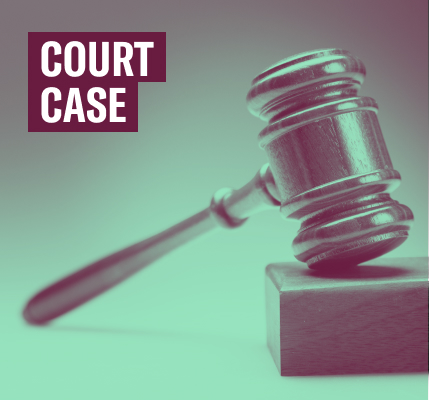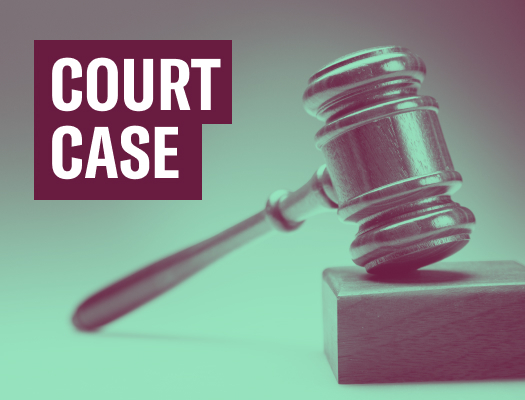Face Recognition Technology
The ACLU works in courts, legislatures, and communities to defend and preserve the individual rights and liberties that the Constitution and the laws of the United States guarantee everyone in this country.

Stay informed about our latest work in Face Recognition Technology.
By completing this form, I agree to receive occasional emails per the terms of the ACLU's privacy statement.
The Latest
Explore More
What's at Stake
Facial recognition systems are built on computer programs that analyze images of human faces for the purpose of identifying them. Unlike many other biometric systems, facial recognition can be used for general surveillance in combination with public video cameras, and it can be used in a passive way that doesn’t require the knowledge, consent, or participation of the subject.
The biggest danger is that this technology will be used for general, suspicionless surveillance systems. State motor vehicles agencies possess high-quality photographs of most citizens that are a natural source for face recognition programs and could easily be combined with public surveillance or other cameras in the construction of a comprehensive system of identification and tracking.
Facial recognition systems are built on computer programs that analyze images of human faces for the purpose of identifying them. Unlike many other biometric systems, facial recognition can be used for general surveillance in combination with public video cameras, and it can be used in a passive way that doesn’t require the knowledge, consent, or participation of the subject.
The biggest danger is that this technology will be used for general, suspicionless surveillance systems. State motor vehicles agencies possess high-quality photographs of most citizens that are a natural source for face recognition programs and could easily be combined with public surveillance or other cameras in the construction of a comprehensive system of identification and tracking.





